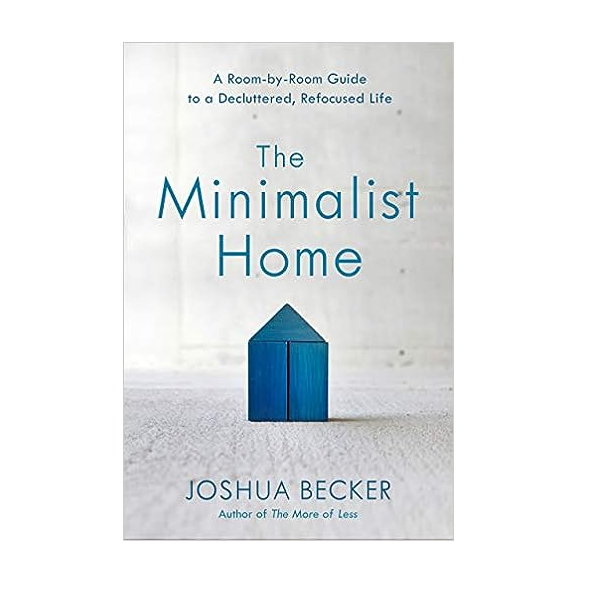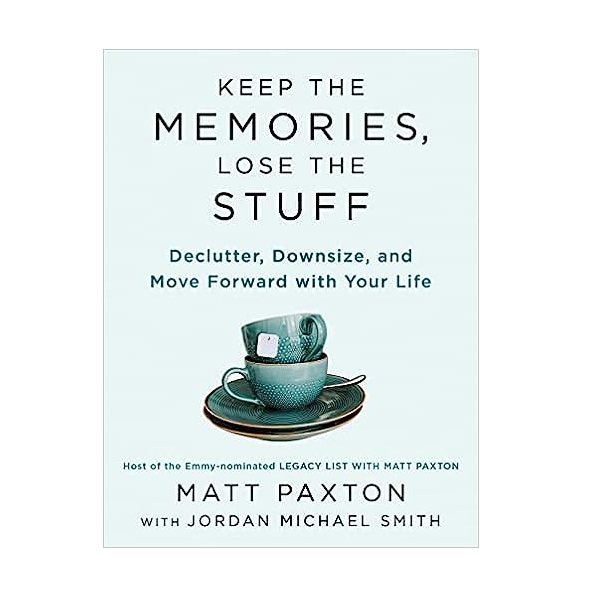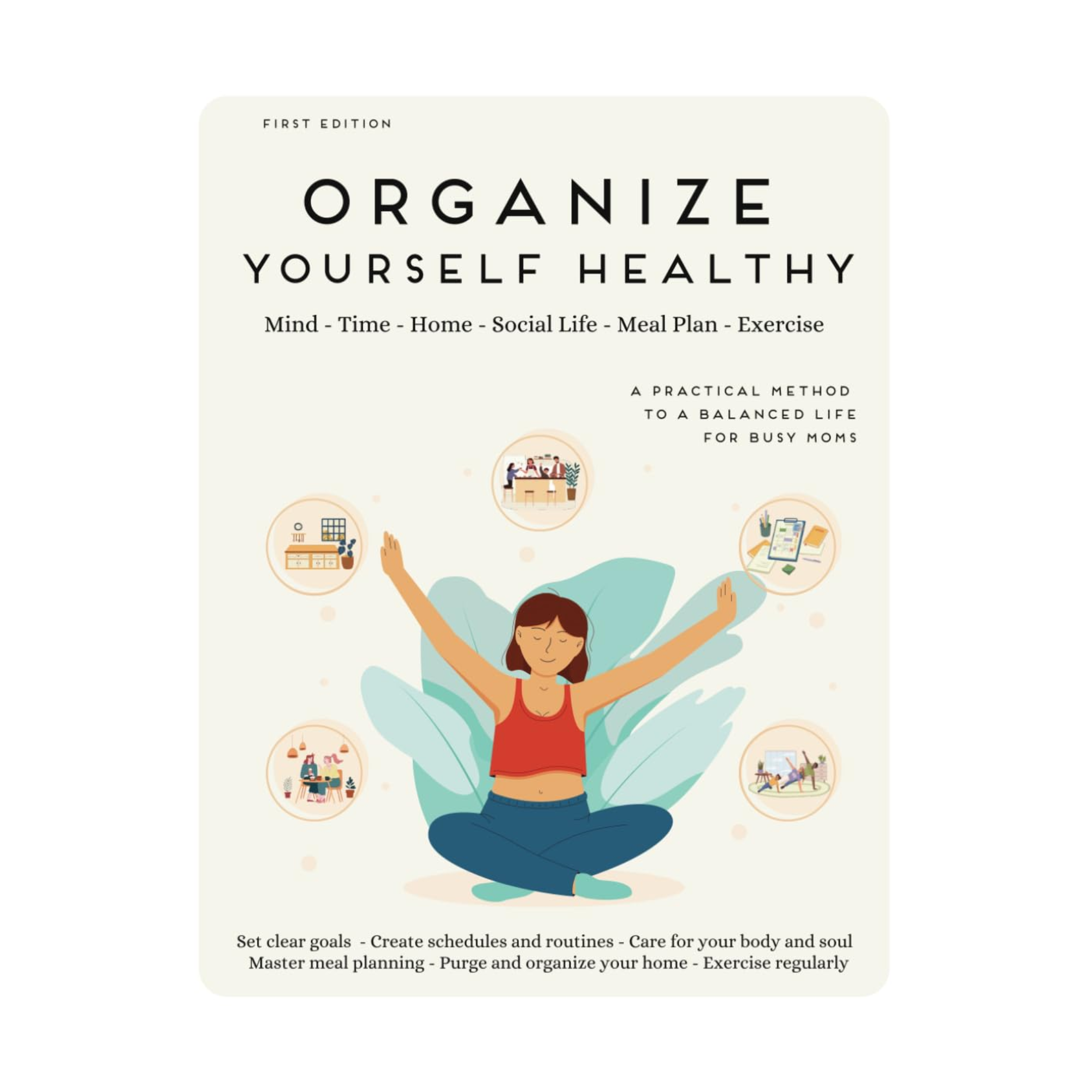"No Contact" Decluttering Method is the Ruthless Technique that Helps you Part Ways with Your Clutter for Good
Experts recommend this ruthless approach for anyone who finds it difficult to make immediate decisions while decluttering
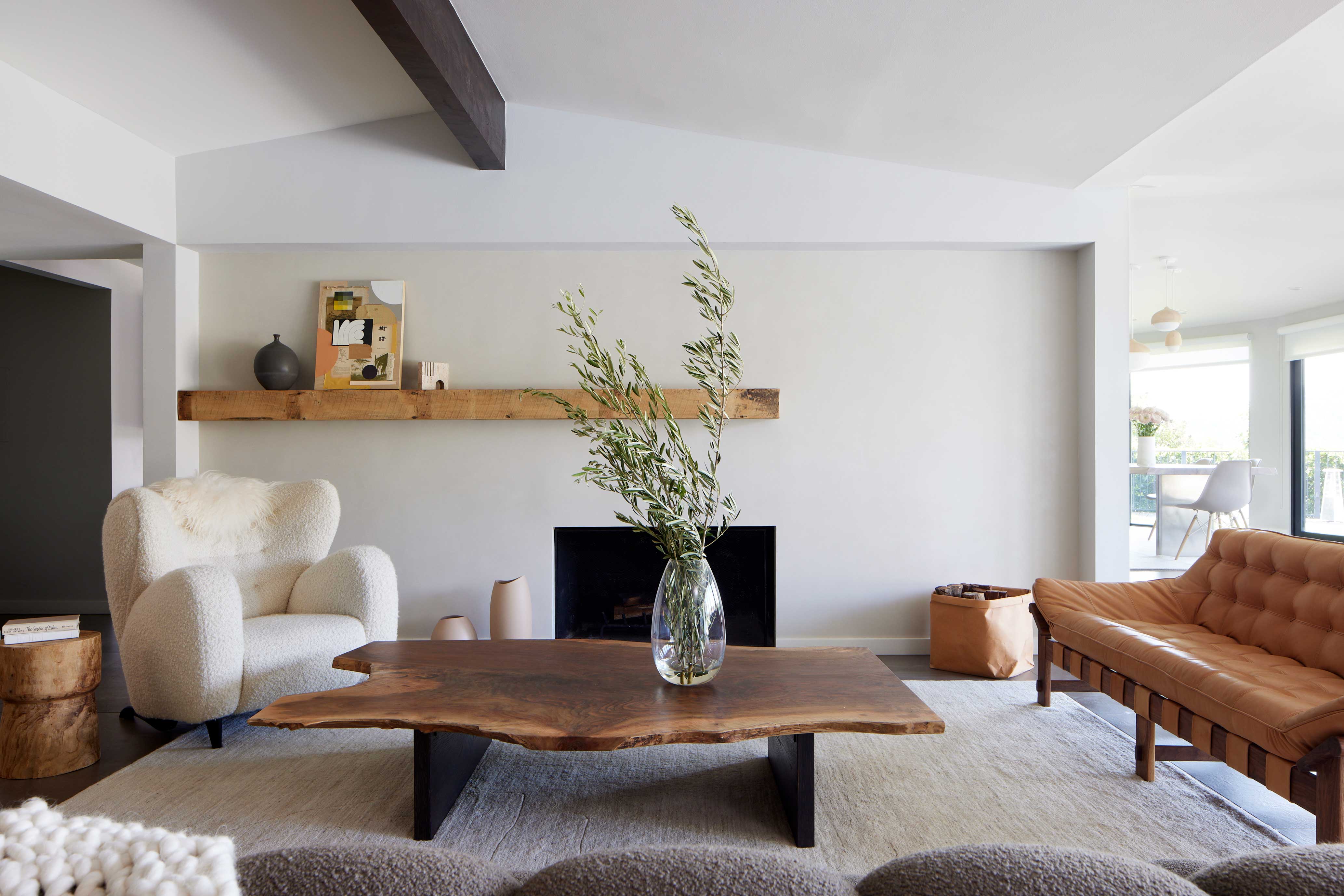

Breaking up with your clutter is no easy feat. Be honest, how many times have you boxed up your unwanted belongings only to go running back to them before they've even left the house? Just like a toxic relationship, if you want to part with your stuff for good, going no contact might be the only answer.
If you're looking for a ruthless approach to cut the clutter, look no further. When it comes to decluttering a room, this so-called 'No Contact' method does exactly what it says on the tin. It encourages you to make a clean break with your stuff by cutting all ties, but it's not all cruel. Rather than take your box of clutter to the donation center immediately, you keep it in the house, out of sight. That way, if you go a stint without it but still find you're missing something, you're justified in keeping it.
Since it's easy to access your stuff and secretly claw anything back into your space, this approach does require some discipline, but experts are hailing it as one the most effective methods for those who have difficulty making immediate decisions about what to get rid of. Here, we explain how it works, alongside some tips on how to apply it to your space for the most efficient declutter possible.
What is the 'No Contact' decluttering method?
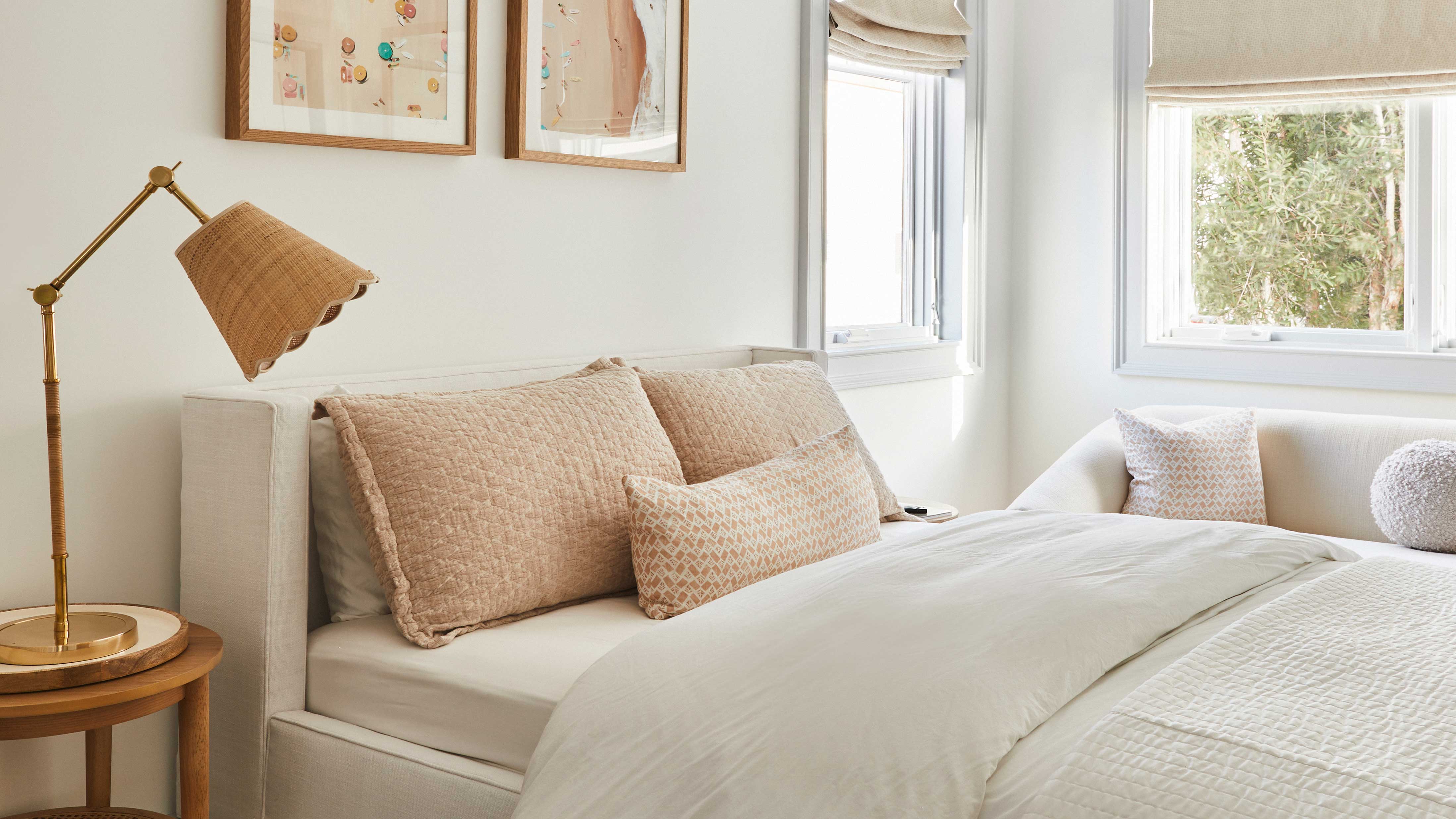
Decluttering aficionados with recognize that the 'No Contact' decluttering method bears similarity to another technique called the 'box and banish' method. The first steps are exactly the same - you begin by boxing up the things you want to part with to see the transformative effect on your space. The only difference is, instead of taking out the items you miss, the 'no contact' approach forces you to live in your home without those things in it for a prolonged period. Only the stuff you truly want back after that time earns a right to be kept.
'The "no contact" decluttering method involves separating yourself from items you're considering discarding by boxing them up and removing them from your living space temporarily,' explains Aaron Traub, decluttering expert and owner and lead organizer at My Professional Organizer Dallas. 'It's a way to see if the absence of these items brings clarity, relief, or even a sense of missing them, which can help make a final decision on whether they should stay or go.'
The beauty of this decluttering trick is you can adapt your time frames, too. Two weeks is a good period of time to become familiar with your clutter-free surroundings, with plenty of opportunity to go back for the stuff you love, but you can extend that period if you want to set yourself more of a challenge. You don't want to keep the box in your home for too long, though, otherwise you might not commit to donating it at all.
What situations is the 'No Contact' decluttering method best for?
Finding the right decluttering tip for your unique situation is sometimes harder than imagined. Depending on your relationship with your stuff and how ruthless - or forgiving - you want your approach to be, you'll need to do some research.
According to Aaron, this particular technique is especially effective for certain individuals who struggle with immediate detachment from their belongings. 'However, like any decluttering method, its effectiveness really depends on one's willingness to embrace change within one's home,' he says.
While this 'tough-love' approach can seem merciless, it's actually a kinder way to deal with clutter than first thoughts would have it. By removing the stuff from you space it helps you adapt to living with less, but it still allows you to retrieve those things you really miss after a set amount of time. 'The "no contact" method is best suited to sentimental individuals who have difficulty making immediate decisions about their belongings,' Aaron adds. 'It gives them the space and time to make decisions without the immediate pressure of parting with items.'
Like the 6-month rule for decluttering, there's no urgency involved with this method, so if you want to declutter your space quickly with no strings attached, this idea probably isn't for you. 'That said, it's ideal for tackling clutter that's not urgent to remove but takes up valuable space, like seasonal decorations, seldom-used kitchen gadgets, or clothes that are rarely worn,' notes Aaron.
So, if you're looking to shake up your space and cut the clutter once and for all, try going 'no contact'! 'While it can help make tough decluttering decisions easier, it's important to approach decluttering with a mindset open to change and letting go,' Aaron summarizes. It might be the best step you make to live well with less stuff.
Be The First To Know
The Livingetc newsletters are your inside source for what’s shaping interiors now - and what’s next. Discover trend forecasts, smart style ideas, and curated shopping inspiration that brings design to life. Subscribe today and stay ahead of the curve.

Lilith Hudson is a freelance writer and regular contributor to Livingetc. She holds an MA in Magazine Journalism from City, University of London, and has written for various titles including Homes & Gardens, House Beautiful, Advnture, the Saturday Times Magazine, Evening Standard, DJ Mag, Metro, and The Simple Things Magazine.
Prior to going freelance, Lilith was the News and Trends Editor at Livingetc. It was a role that helped her develop a keen eye for spotting all the latest micro-trends, interior hacks, and viral decor must-haves you need in your home. With a constant ear to the ground on the design scene, she's ahead of the curve when it comes to the latest color that's sweeping interiors or the hot new style to decorate our homes.
-
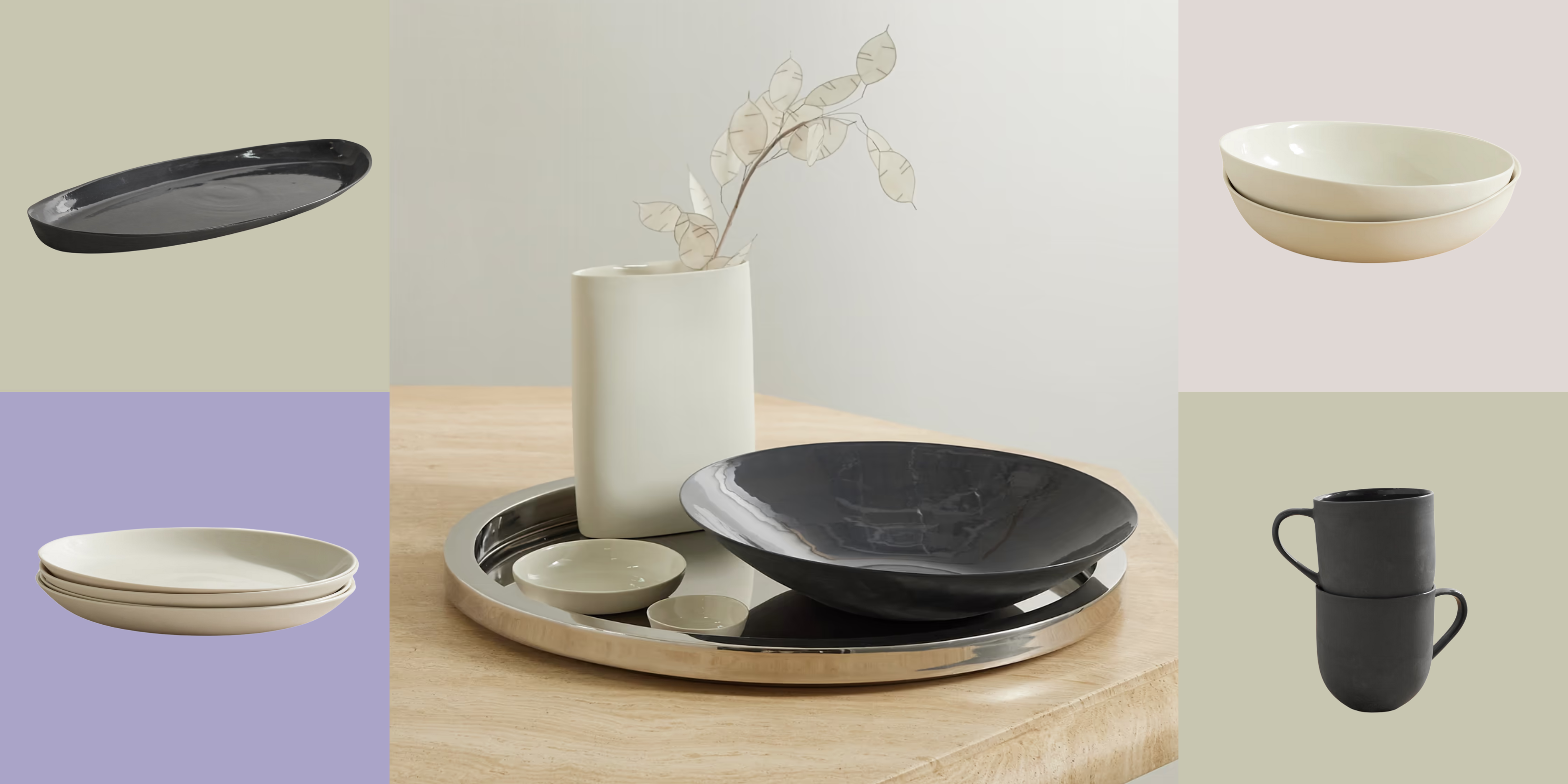 Turns Out, Sustainable Design Can Be Chic, and Net-a-Porter's 'Net Sustain' Curation Is Proof — Here's What I'm Shopping
Turns Out, Sustainable Design Can Be Chic, and Net-a-Porter's 'Net Sustain' Curation Is Proof — Here's What I'm ShoppingFrom the Net Sustain collection, Mud Australia's homeware is not only design-oriented, but eco-focused, too
By Devin Toolen
-
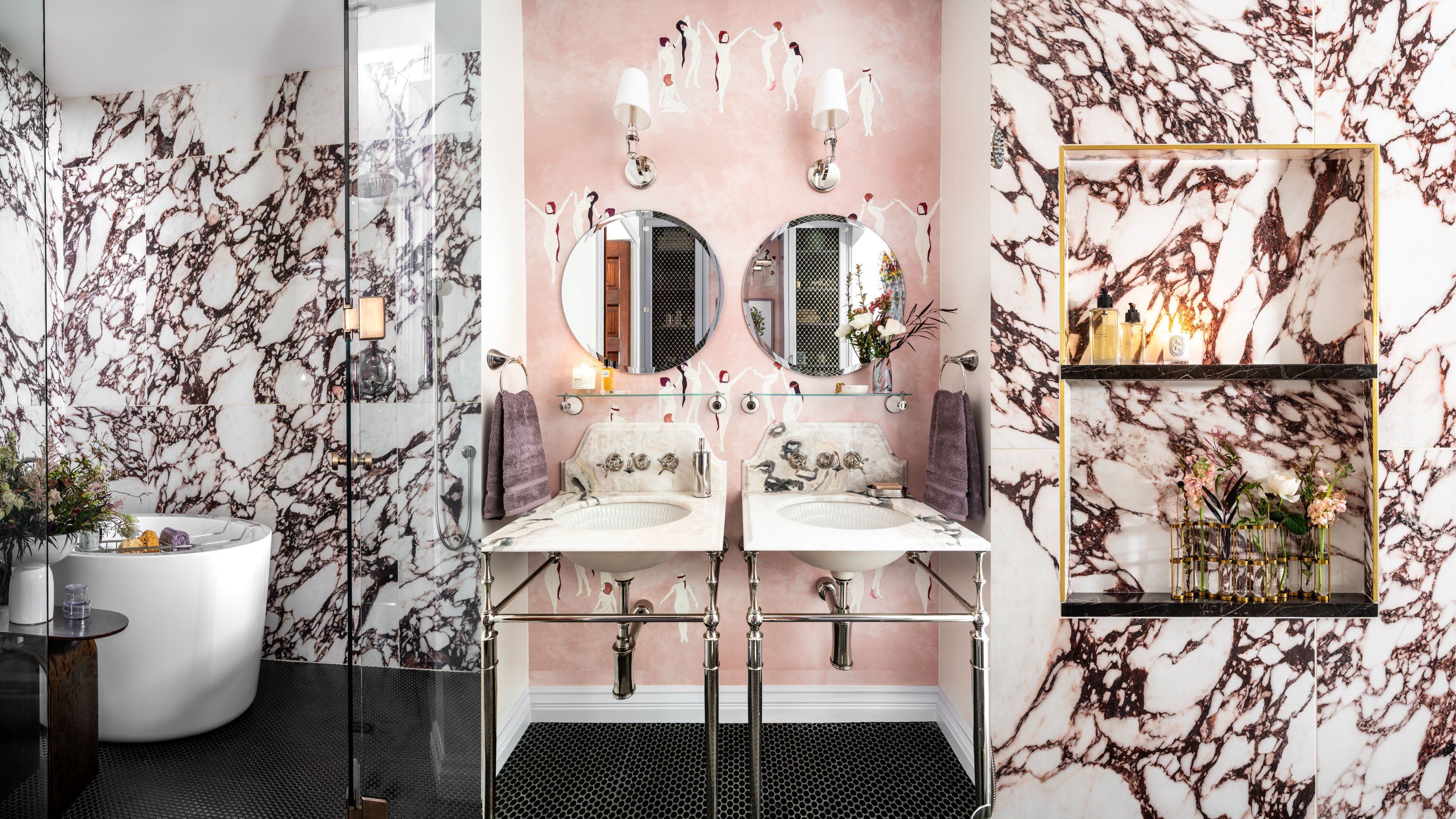 Before and After — How This Jewel-Box Bathroom Made the Most of Its Proportions With Maximalist Design and a 'Soaking Tub'
Before and After — How This Jewel-Box Bathroom Made the Most of Its Proportions With Maximalist Design and a 'Soaking Tub'This design offers a masterclass on creating a luxurious bathroom that is equally playful and elegant.
By Maya Glantz
